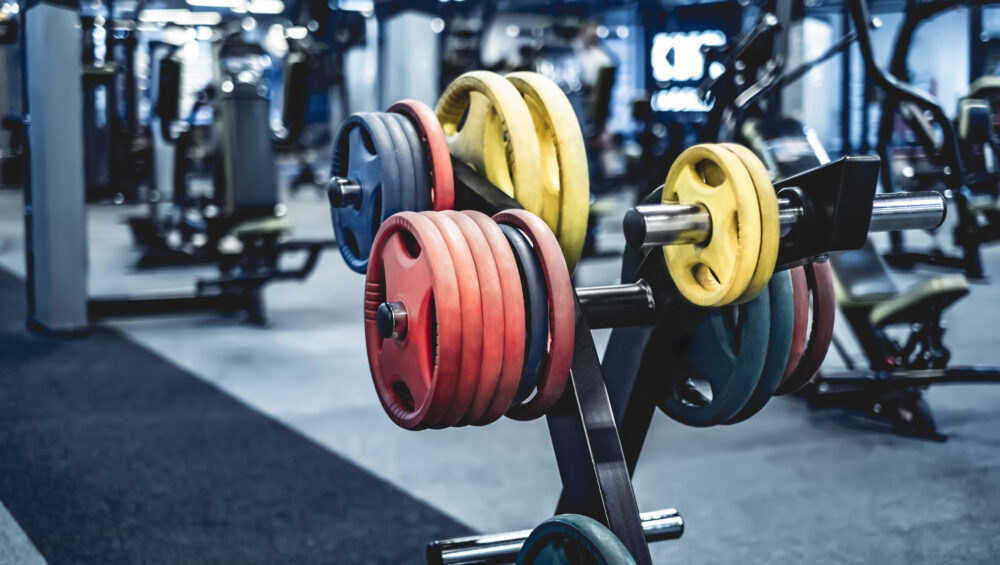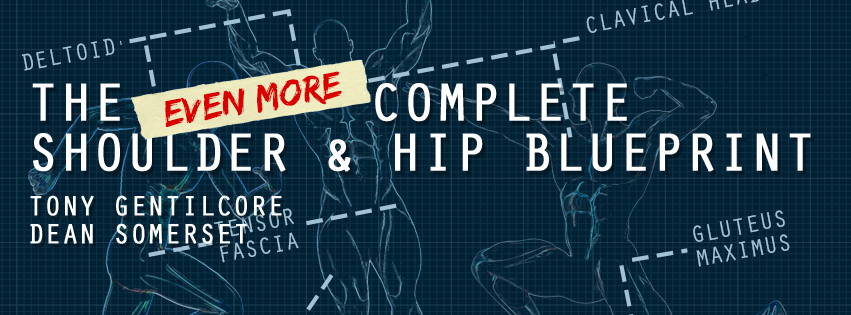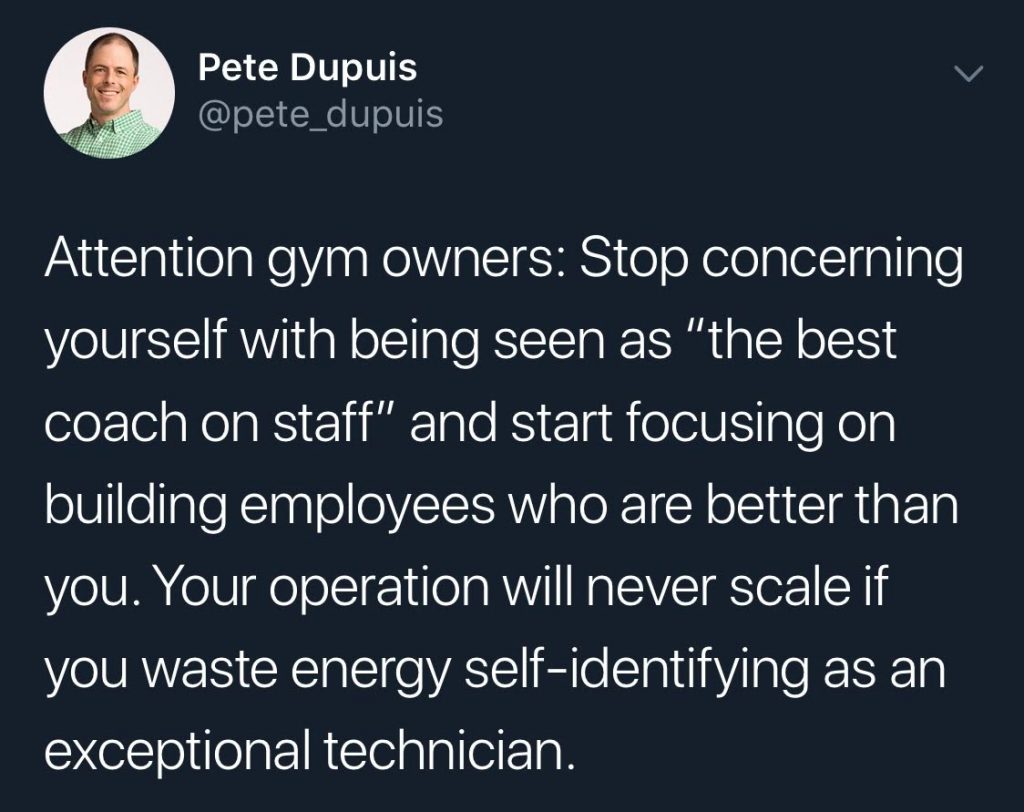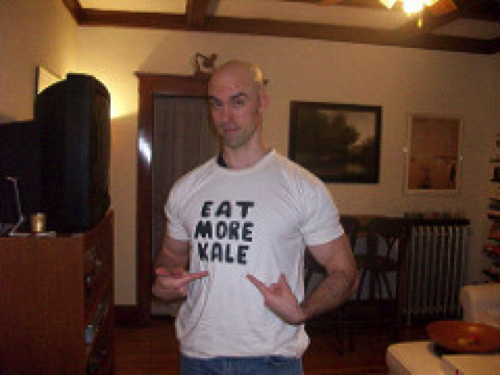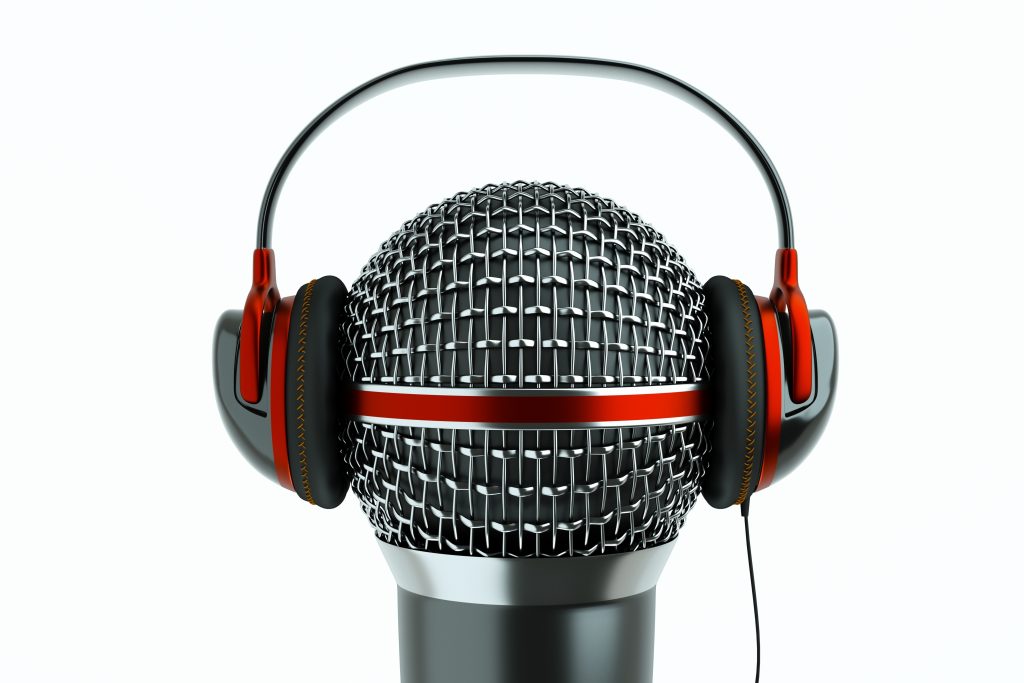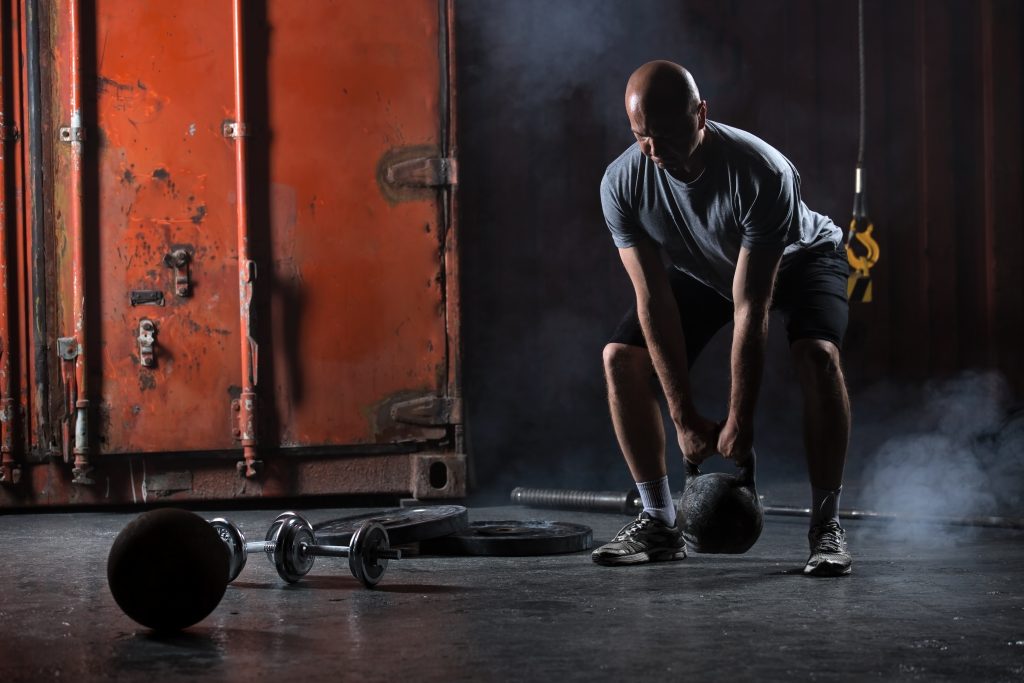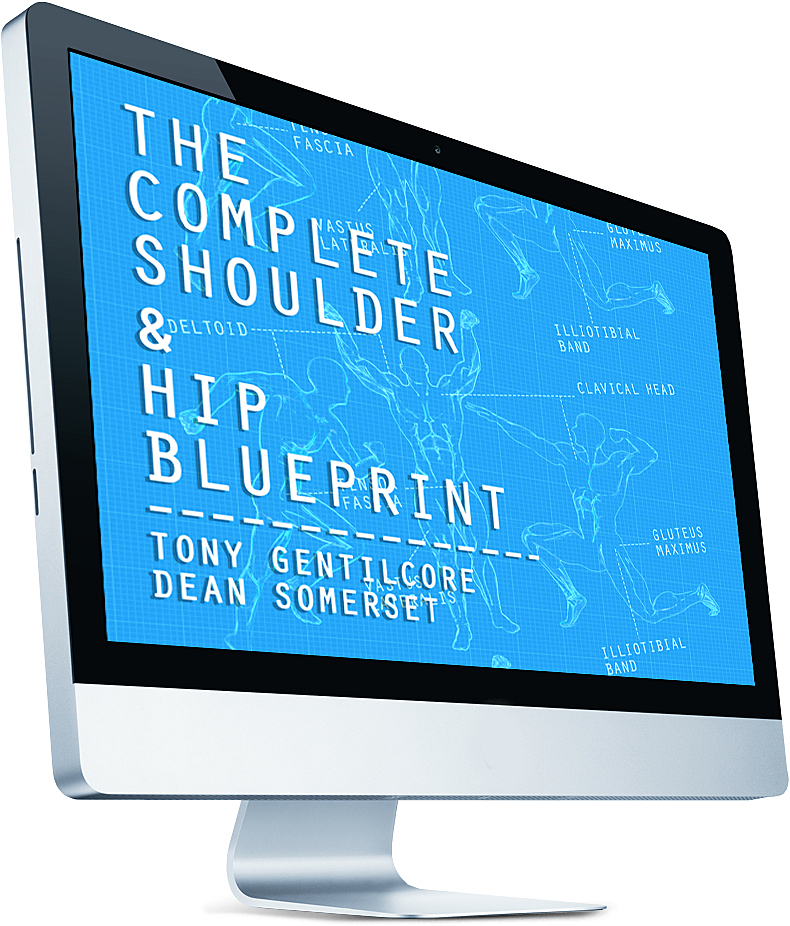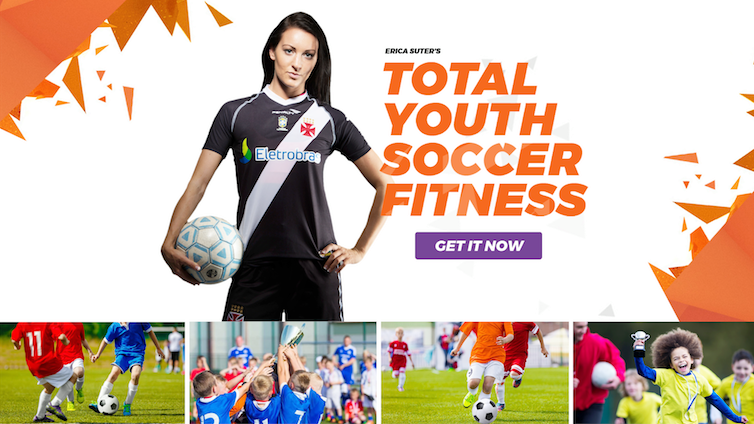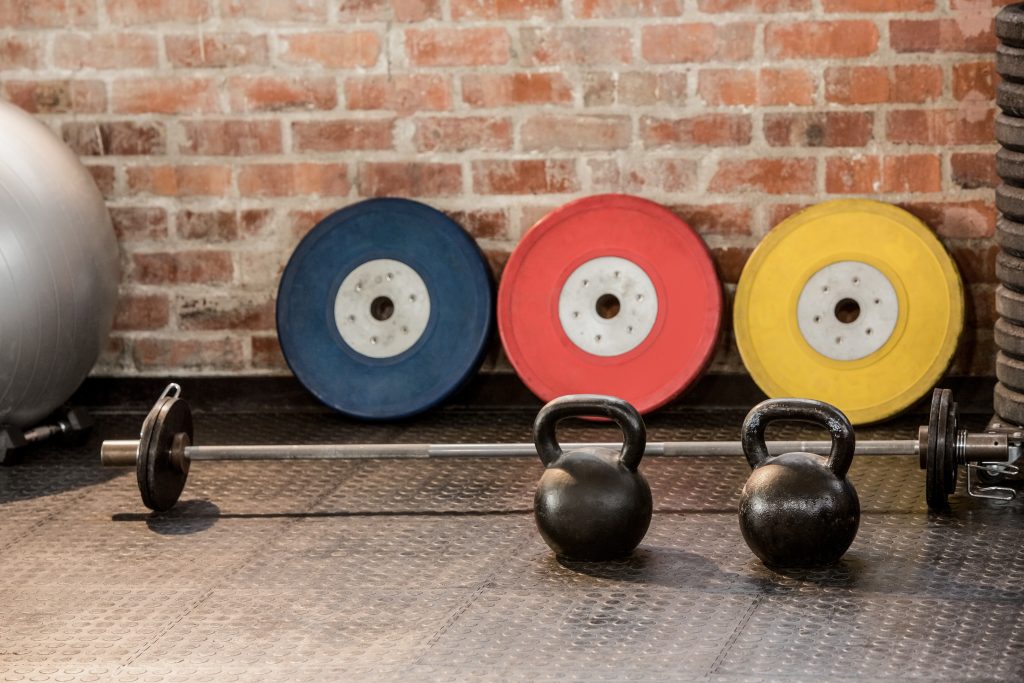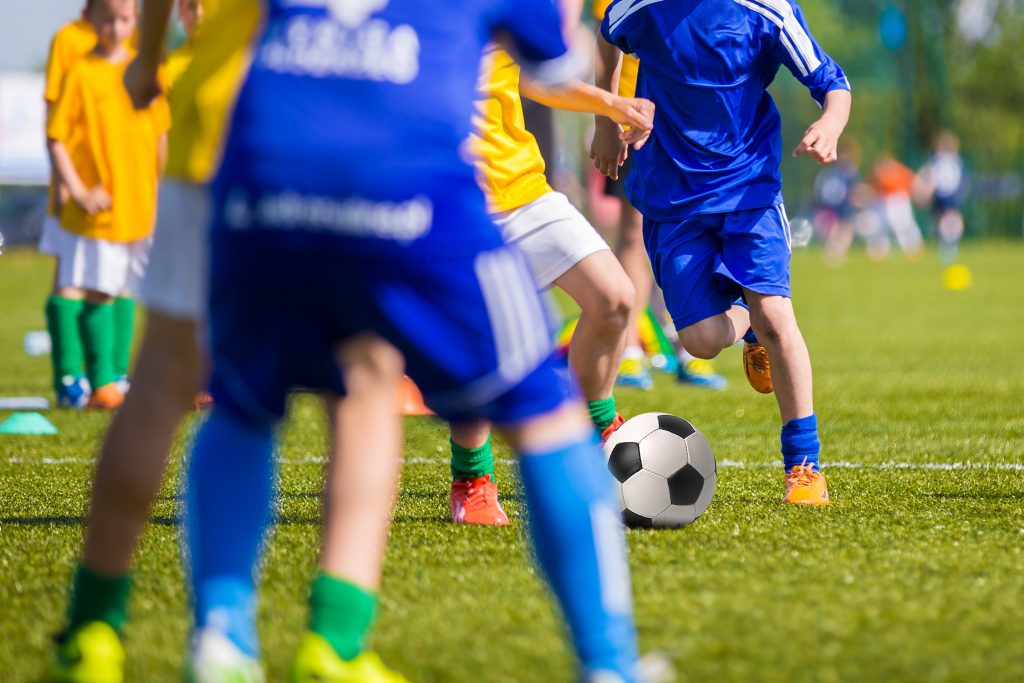It’s popular nowadays for people to brag about how hard their workouts are.
And I don’t mean “hard” as in “man, I’d rather jump into a shark’s mouth than do that squat session again” hard.
No, for whatever reason, it’s become more important to one-up each other, to champion shenanigans over actual progress in the gym:
Person #1: “I could barely walk to my car after my workout today.”
Person #2: “Pfftt, whatever. I threw up today during my workout. It was awesome.”
Person #3: “Oh yeah, well, after my workout I couldn’t feel the right side of my face.”
Progress, it seems, has more to do with how close to a medical emergency someone can get to rather than actually seeing tangible improvements in their lifts.

The Forgotten Component of Progress
To be fair…
My hoity toity introduction wasn’t meant to imply I’m against trainees pushing the envelop in their training. I’ve often said, somewhat facetiously, that lifting weights isn’t supposed to tickle.
I love when people work hard in the gym.
But there’s a stark contrast between someone working hard during a workout and them going out of their way to routinely surpass their ability to recover from said workout.
In a very much watered down explanation, “progress” can be applied, measured, or attributed to the following factors:
- Doing more sets/reps of a particular exercise.
- Adding more load to a particular exercise.
- Manipulating rest periods and/or tempo of a particular exercise.
- Changing “mode” of an exercise (I.e., switching from Trap Bar Deadlift to Conventional)
- Adding physics into the equation (I.e, moving center of mass further up and away from base of support. I.e., switching from Dumbbell Reverse Lunges to Barbell Reverse Lunges).
- Can your pecs cut diamonds?1
In Short: Are you making a concerted effort to “do more work?” What’s more, are you able to do so over the course of weeks, months, years?
Your ability to progress long-term is directly correlated with how well you’re able to recover from your workouts (via purposeful fluctuations in training volume, as well as ensuring ample sleep, calories, and hydration). It has nothing to do with one’s prowess at regurgitating their Quinoa & Kale power salad from a few hours ago.
But I’ll get off my high-horse and get to the point.
“Feel” Matters
Last year I started working with another local coach here in Boston. She’s co-owner of a KB-centric gym and Strong First certified, but she wanted to hire me to help her get more proficient with the barbell lifts (specifically the deadlift) as well as help her prepare for the Strong First barbell course.
Jessica was already pretty freakin strong when she started.
When we tested her deadlift she hit 300 lbs; a number many guys would love to hit.
However, it didn’t “feel” or look easy.
She had a few technical glitches I wanted to iron out.
We had ten weeks. During that time my only goal was to clean up her technique in an effort to make 300 lbs feel easier.
I knew that if we worked on cementing her technique, making each repetition look (and feel) pristine, and getting her into better positions to be able to express her (true) strength…we’d likely see an improvement when she re-tested her 1 rep-max at the conclusion of the certification course.
Conventional wisdom would dictate that in order to get her to lift more weight we’d have to focus on progressive overload – more sets, more reps, heavier load, did she destroy the back of her pants, etc.
That’s not the route I took.
Over the course of ten weeks we never touched a weight above 265 lbs.
35 lbs under her best lift.
Instead, like I said, we focused on improving position(s) and making sure we trained with loads that allowed her to marinate in impeccable and FAF reps.2.
Fast Forward Ten Weeks
Before she left for her certification weekend we re-tested 300 lbs.
Few things have made me cry – saying my vows to my wife during our wedding, holding my son for the first time, watching Rose let go of Jack at the end of Titanic, flipping my omelet and not breaking it.
Okay, I cry all the time.
Jessica’s deadlift brought a tear to my eye it looked so good.
What was originally a 19 on the Rate of Perceived Exertion scale, looked (and felt) like a 7/8 by the time ten weeks were over.
What’s more, she ended up hitting a PR of 35o lbs that weekend.
*drops the mic.
Progress = Feel, Too
Far too often trainees are quick to add more weight to the bar, or use the concept of more (more sets, reps, load, etc) as the sole metric to gauge progress.
All are important of course, and everyone should remain cognizant of them.
However, don’t be so quick to underestimate the value of staying put and getting more acquainted with a specific weight. If five reps of a certain weight is challenging, even if you can complete five reps, stay there.
Stay there until it feels less effortful. Many people are too quick to add weight at the expense of actually owning it. More to the point, I much prefer someone leave a session feeling refreshed and that they could do more rather than shit their spleen and miss reps on a routine basis.
What good is that going to do?
Easy training is good training.
That’s progression too.

